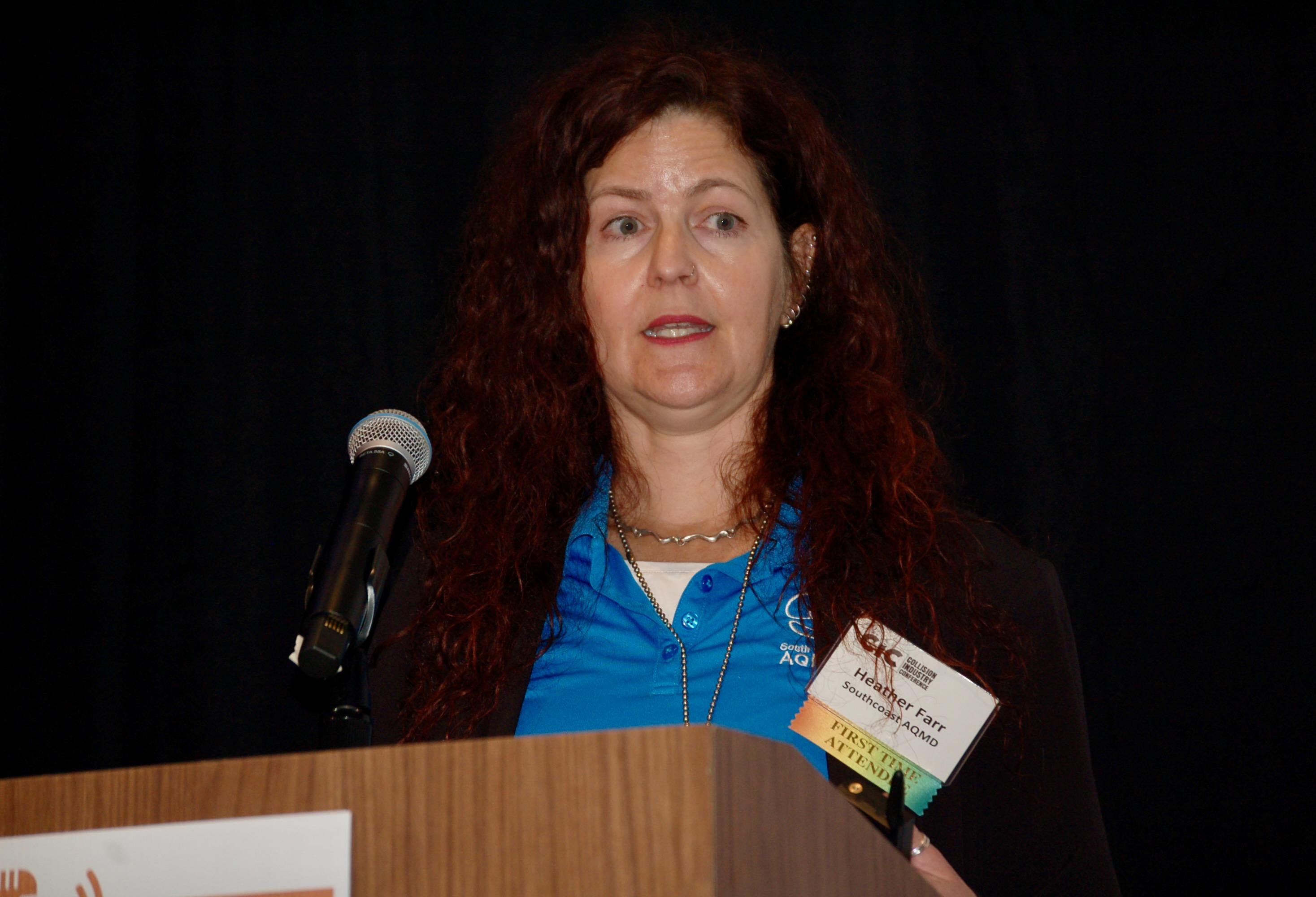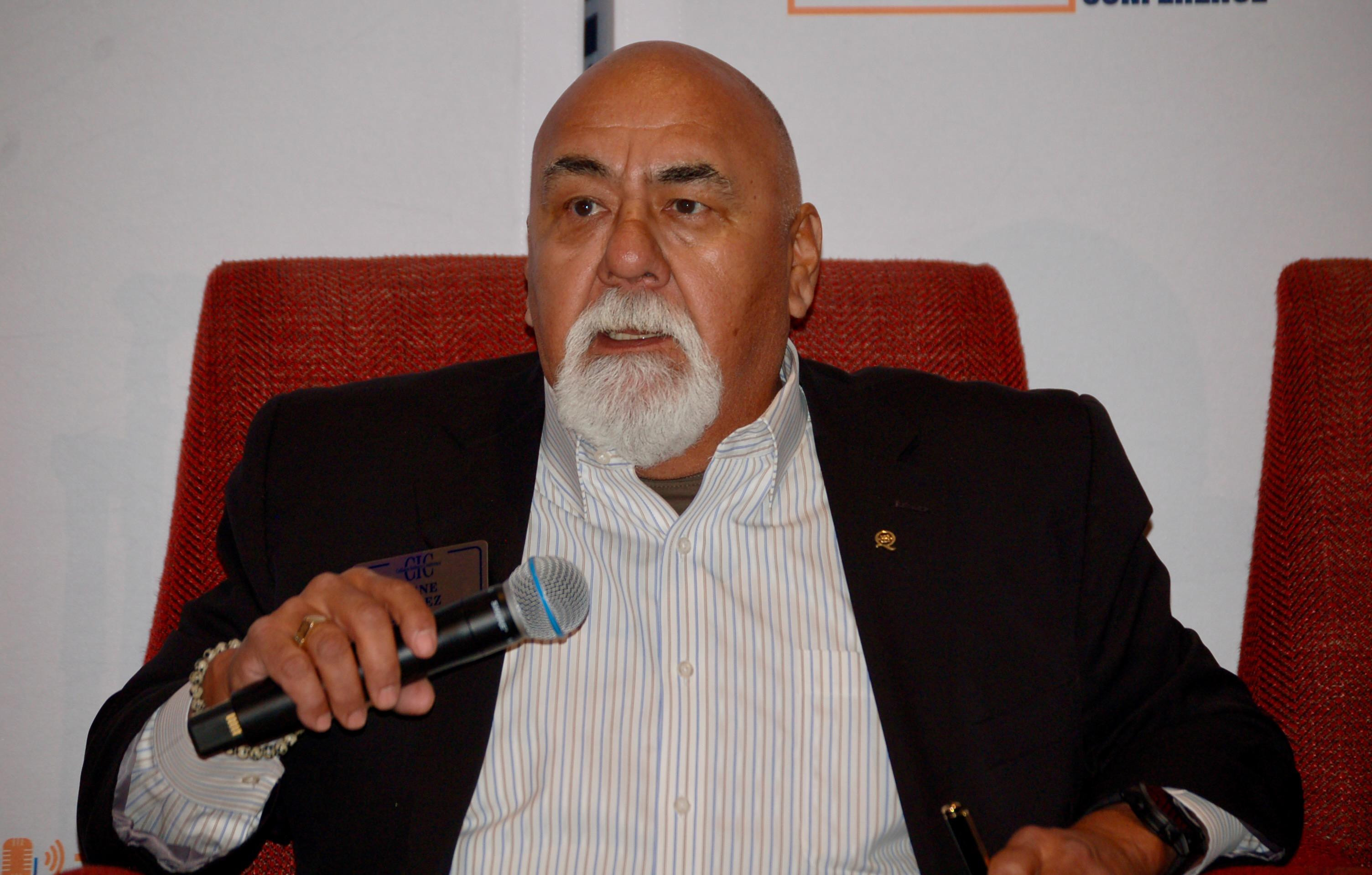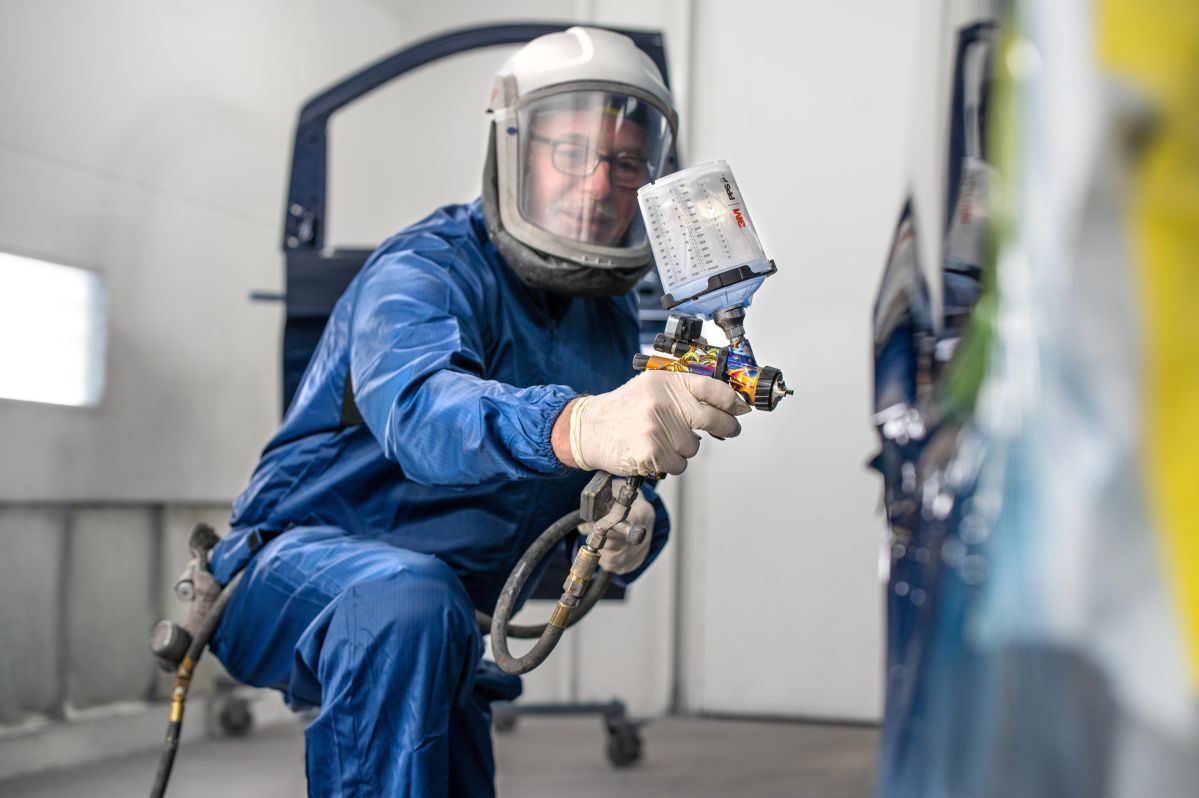Given that air quality regulators in Southern California led the way decades ago with mandates -- later adopted by other states and jurisdictions around the country -- that led to a widespread shift to the use of waterborne paint products within the industry in the U.S., collision repairers may want to keep at least one eye on the latest shifts in environmental policy in the greater Los Angeles area.
The South Coast Air Quality Management District (SCAQMD), home to 17 million residents and an estimated 3,000 body shops, struggles with topography and climate conditions that help trap pollutants in the air, leading it to “historically having some of the worst air quality in the country,” Heather Farr of the SCAQMD said at the recent Collision Industry Conference (CIC).
 Heather Farr.
Heather Farr.
The agency this past fall, after a year-long public process, amended its rule that regulates volatile organic compound (VOCs) emissions from auto body coatings in an effort to reduce the amount of two previously exempted VOCs. Those solvents were exempted years ago because they didn’t contribute to ground level smog, Farr said, but have since been confirmed as having toxic health concerns.
In order to reduce their prevalence quickly, she said, the agency has temporarily eased its limits on some other paint VOCs, which will allow the paint manufacturers to bring in alternative products already used in other states or countries that have lower levels of the previously-exempted VOCs.
The paint manufacturers are then being given several years to reformulate products “so that over time we can get those other VOCs back down to as close to the existing limits as possible,” Farr said.
In the short term, the SCAQMD will have different regulations on auto body refinish products than the rest of the state, she said, but the agency is working to help other California air quality districts to adopt similar regulations.
Impact on Collision Repair Shops
What will this mean for shops? Gene Lopez of Seidner’s Collisions Centers, a 13-shop chain in Southern California, said the switch is “not a real big deal” -- painters may have to learn how to use the higher-VOC products allowed decades ago, but the good news is “that material was real easy to spray.”
 Gene Lopez.
Gene Lopez.
The larger change will come in 2030, he said, when products will have to meet the lower limits across all the VOCs, “technology that is not available today.” As those are developed, air quality regulations in other states and jurisdictions are more likely to require them just as the SCAQMD will be.
“As ozone standards get lower, states like Arizona and Texas are now looking to us saying, ’Well, now we have to do some VOC reductions. What’s the best pathway,’” Farrr said. “So we do have those conversations, and with some of the East coast states as well.”
A Paint Manufacturer’s View
As part of the presentation at CIC, Jeff Wildman of BASF shared some thoughts on the new regulations, and what they mean beyond Southern California, from a paint manufacturer’s perspective. He said his company has been able to bring in products sold elsewhere to meet the revised SCAQMD regulations, but will have to formulate new products to meet the tighter restrictions coming in 2030.
“As we develop these new products and new technology, we’re trying to develop the best products we can, and those will become available in other markets as well, assuming they meet all the regulations there,” he said. “That’s why when Heather said she’s talking with other air quality districts, we really like to hear that as a paint company.
“A year ago, we had two different [air quality] regulations [for parts of] North America. Starting now, we’re going to have three,” Wildman added. “Hopefully we don’t end up with a dozen as other air quality districts look at these rules and take pieces or parts.”
He said other states and Canada had basically adopted the same regulations as SCAQMD prior to the most recent change, and moving to more standardization like that has benefits beyond improved air quality.
“It helps us keep costs down,” Wildman said.
Developing one line of products only for BASF’s share of the 3,000 shops in the SCAQMD isn’t cost effective, he said.
“And from a health and safety issue as far as sustainability goes, that’s a huge topic in Europe, and we’re developing products there that we want to be able to use here, to meet the regulations,” Wildman said. “It helps us spread that R&D cost, to keep those costs lower.”
Farr said the VOCs newly regulated by the SCAQMD have health concerns not just for those working in shops but also those living in the surrounding neighborhoods.
“Today, waterborne is only required in California and a couple other states and Canada, but we have waterborne customers all over the country, and a lot of them have come to it for that reason: because they’re looking for something a little bit safer, something that is a little more environmentally friendly,” Wildman said. “They’re looking out for the health and safety of their own teams. That’s why when we develop some of these new products, we try to develop a great product so we can use it everywhere. It’s better not just for our customers, but for the neighborhoods, for everyone.”













John Yoswick